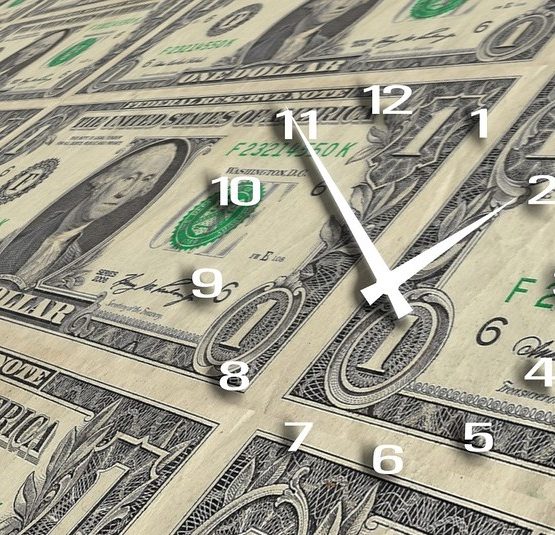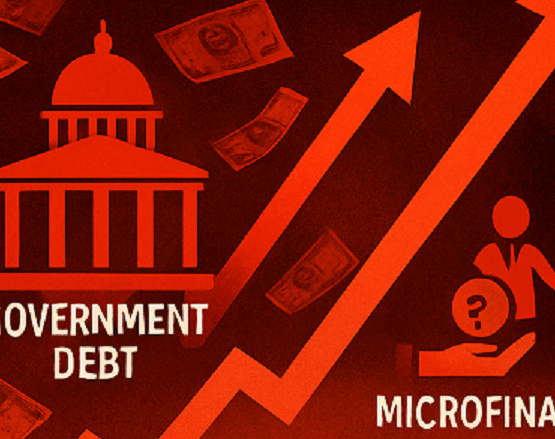In this article, I have tried to explain the US Housing Bubble that occurred in 2008. There is so much data, and therefore, I have mentioned only crucial points and kept the content as brief as possible.
2008 U.S. Housing Bubble and Great Recession:
During the 2008 Housing bubble or subprime mortgage crisis, the stock markets all over the world had tumbled by over 50%. DJIA had plunged by 54% from 14164.5 on 7th Oct 2007 to 6470 on 6th March 2009 over its 17-month long bear market.
Cause:
The main reasons for the housing bubble are sub-prime mortgage loans and highly speculative housing prices from 2005 to 2007. This is how it happened.
Usually, the people who wanted to buy the residential houses approach a lender (Bank) for a mortgage or loan. The banks after going through the financial income and credit record will choose whether to grant the loan or not.
In the US, only citizens belonging to high income, low debt, and a good credit rating are given Prime buyer status. Mostly, Banks grant housing loans to prime buyers.
Introduction of Mortgage-Backed Securities:
Post Dot.Com Bubble, in 2003, the US government reduced the interest rates to below 1% to increase the economic activity. As a result, the lenders could not lend the money for more than a 1% interest rate. Investment banks approached conventional lenders and bought housing debt mortgages. These mortgages were further divided into many packages and sold as securities. These were called Mortgage-Backed Securities.
As most of the borrowers were prime with good credit rating and financial records, these MBSes proved to be beneficial for both investment banks and investors. In case if a homeowner defaulted on a mortgage, the investment bank would take hold of the house, sell it, and get the money back. These are called Asset-Backed Securities.
Even more riskier Collateralized Debt Obligations:
The real problem occurred when there were no more prime home buyers. Every prime buyer had a home. Investment banks and conventional banks came up with an idea. Instead of lending the money to only prime category individuals, the banks lent the money to sub-prime individuals with poor credit rating, low income, and high debt.These mortgages were also bought by the investment banks.
Normally, the rating agencies like Moody’s, S&P, Fitch rate investment grade securities as AAA, AA, A. Since these mortgages belong to the subprime category with a high probability of default, the ratings for these securities should be lower like BBB, CCC, DDD, etc. These are a collection of securities similar to junk bonds.
So, the investment bank collected all mortgage securities belonging to prime and subprime categories. They mixed all these securities and created packages called Tranches and sold to institutional investors like pension funds, 401K, mutual funds, and hedge funds. These were categorized as Collateralized Debt Obligations or (CDOs), Collateralized Mortgage Obligations or (CMOs). These high-risk debt securities offered higher interest rates than the Government bonds, corporate bonds.
The rating agencies usually collect fees for rating the securities. For some dubious reasons or any other interests, the rating agencies rated these CDOs as high quality grade AAA, AA+. In reality, these CDOs were nothing more than junk bonds. All of this drama was only going to work if the prices of houses increase in the future.
Bubble Burst:
The real estate prices slowly started to flatten. Most of the homeowners borrowed for adjusted interest rates. When the interest rates started going up, reached 5% by 2006, the sub-prime buyers started defaulting. So for a typical tranche consisting of a pool of AAA, BBB, CCC, and junk securities, the sub-prime category MBS like CCC and lower-rated have become completely worthless.
As the number of mortgage defaulters increased, the number of houses that came up for sale also increased. This led to a massive reduction in housing prices. Now, the prime category buyers also defaulted their mortgages because the prices of houses reduced by more than 50% in some locations. Who would be ready to pay the same EMI for the house that dropped by 50% in value?
When most of the home buyers backed off from repaying the loans, these collateralized securities built upon the mortgages were no better than trash cans.
Investment Banks, with so many of these MBS and CDOs piling up, had no option but to file for bankruptcy. We all know Lehman Brothers filing for bankruptcy on 15th September 2008. Merrill Lynch, Royal Bank of Scotland Group, American International Group, etc. were some of the prominent investment banks and insurance companies to follow.
Consequences:
This housing bubble crisis led to an economic recession in the US that lasted for over 5 years. Almost 9 million jobs were lost. Housing prices fell by over 30% on average. The US government has to allocate over 700 billion dollars to bail out investment banks, institutional investors, and homeowners. The stock markets took five and a half years, March 2013, to reach the October 2007 highs.
Fannie Mae and Freddie Mac, the government-sponsored enterprises, which were responsible for over 50% of these CDOs and MBS were delisted from the stock exchanges. In 2009, the real GDP of the US shrunk by 2.5 % to 14.4 trillion dollars post 2008 economic recession.
Globally, the major economies also took a major hit due to the US subprime mortgage crisis. The European stock markets fell by around 45% to 50%. The Japanese index, Nikkei 225, plunged by 57%. Indian major indices, Sensex and Nifty 50, also reduced by 57%.
Buddies! Thank you very much for spending your time on this article. I tried my best to keep the content as brief as possible and also provide the fundamental information.
Note:
I provide the information and my views on the website only to educate people, new investors, and stock market enthusiasts on equity and other market investments. Please consult a SEBI registered financial advisor before making any investments in the stock or commodity markets. In case of any queries, you can contact me on Contact Form or email: admin@valueinvestingonline.in.




